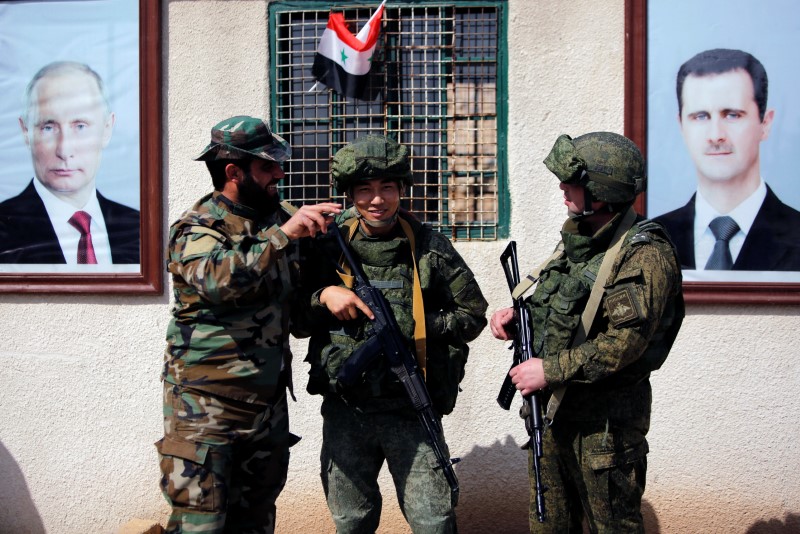
Lebanon’s crisis is ‘dangerous’, evokes start of ’75 war: defense minister
By Tom Perry and Nadine Awadalla
BEIRUT (Reuters) – Lebanon’s Defence Minister said on Thursday the country was in a “very dangerous situation” and compared street unrest of recent days to the start of 1975-90 civil war.
One month after the start of nationwide protests, Lebanon is in serious political and economic trouble with no indication of its leaders agreeing on a new government to replace the outgoing cabinet of Saad al-Hariri, who quit as premier on Oct. 29.
Despite the magnitude of the economic crisis, the biggest since the war, leaders have not yet been able to agree a new cabinet or to tackle the grievances of demonstrators who say Lebanon has been ruined by corruption and sectarian cronyism.
Though the protests have been overwhelmingly peaceful, a protester was shot dead in an altercation with soldiers on Tuesday. A funeral was held for the protester, a follower of Druze politician Walid Jumblatt, while the soldier who opened fire has been detained.
Caretaker Defence Minister Elias Bou Saab said tensions on the street and road closures “have reminded us of the civil war, what happened in 1975. And this situation is very dangerous.”
Bou Saab, a political ally of President Michel Aoun, said demonstrators had the right to protest and to be protected. But the army and security services could not tolerate violence.
Aoun said he hoped a government could be formed in the coming days to meet the demands of the protesters.
He enraged protesters in an televised interview on Tuesday evening with a comment widely understood to mean he was telling them to emigrate if they didn’t like how the country was run.
Schools, banks and many shops were closed for the third straight day. Some major routes around the capital that had been barricaded by protesters were unblocked by authorities, but the political mood remained brittle.
“WE ARE ALL IN DEEP TROUBLE”
Hani Bohsali, general manager of Bohsali Foods and president of a group representing around 50 importers, said he was among businessmen who had warned of more trouble at a meeting with Central Bank governor Riad Salameh and other top bankers.
“My message to all of them is that we are all in deep trouble, but you have to give priority to the food supply. Because the food is even more important than the fuel,” he said.
Banks, which were shut for half of October, closed again this week over staff security concerns. Most transfers out of the country have been blocked and, with U.S. dollars scarce, the pegged Lebanese pound is weakening on the black market.
So far there has been no sign of significant shortages.
Paul Kallassi, a board member of Kallassi Group, a major buyer and distributor of food, said suppliers have so far continued to ship based on “trust” even as arrears mount, a situation he said was not sustainable.
“They cannot finance millions of dollars just because they trust me,” said Kallassi.
Lebanon’s bank staff union called for employees to stay on strike until it received details of a security plan, especially on how to deal with customers demanding their cash.
A banker said that by remaining closed, banks were also avoiding the problem of depositor panic.
“You have a problem of liquidity, and there is no solution for it, unless you put in place a proper plan to solve the problem, there is no need to open the banks,” a banker said.
“You need to have a political solution, to offer a little bit of confidence, and this will eventually allow you to calm down the market and reopen normally.”
(Reporting by Nadine Awadalla, Ellen Francis, Tom Perry and Eric Knecht; Additional reporting by Reuters television, Writing by William Maclean; Editing by Giles Elgood)











